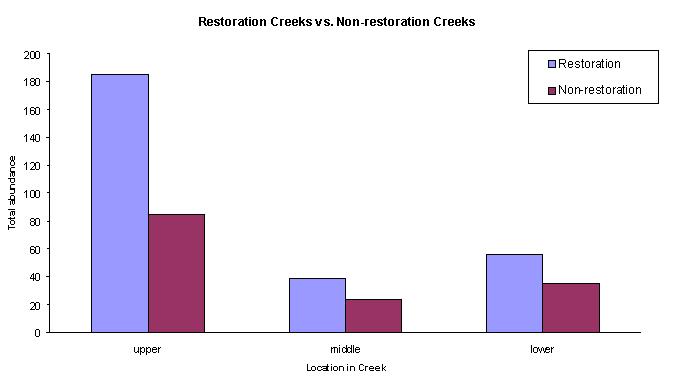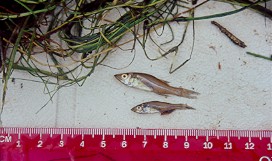
Southwestern Florida coastlines are characterized by varying levels of development that have impacted the freshwater inputs into coastal waters. The coastline of Charlotte Harbor has undergone decades of alterations of drainage including ditching for mosquito control, placement of barriers to restrict flow patterns, and alterations for agriculture and residential development. Historical data is lacking on the level to which these alterations have impacted fish dependent on the oligohaline streams flowing into Charlotte Harbor. The Florida Department of Environmental Protection, Charlotte Harbor Aquatic and State Buffer Preserve is currently restoring natural flow patterns to upland wetland areas along Charlotte Harbor. We sampled four streams; two being restored and two remaining impacted before, during, and after restoration to determine how restoration influenced fish abundance and species composition. We sampled at three locations along each stream; upper, middle and lower reaches. We documented changes that occurred with and with out restoration within each stream, different size classes of fish used the upper, middle, and lower reaches. Fish assemblages differed among restored and unrestored streams; both in abundance and species composition.



